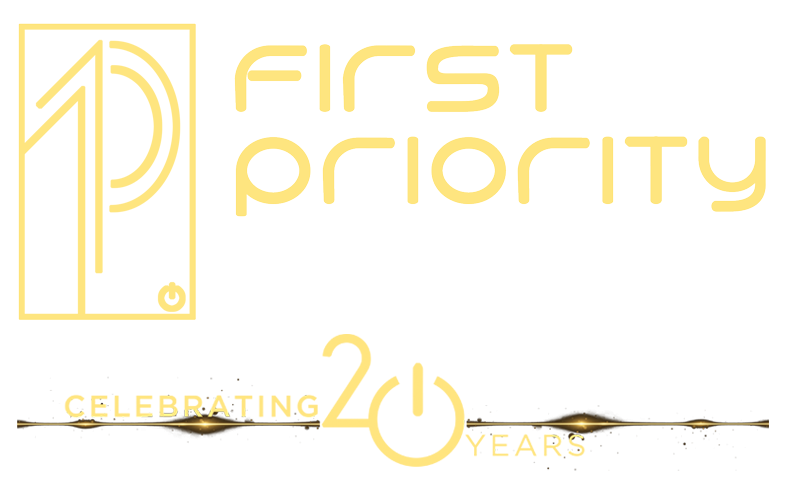How Smart Lighting Can Regulate Your Circadian Rhythm
What Is Our Circadian Rhythm and Why Is It Important? Find Out Here
Do your days often go something like this?
You wake up feeling groggy, wishing you had more time to sleep. You settle into the office with a cup of coffee, and it’s not long before you feel like you need another. But by nighttime, you lie in bed, unable to sleep, glancing at the clock every ten minutes.
If so, it sounds like your circadian rhythm is out of sync. The circadian rhythm is the 24-hour cycle that tells our bodies when it’s time to sleep and eat. Many factors influence our inner clocks, a significant one being lighting.
Natural daylight tells our mind that when it’s dark, it’s time to sleep, and when it’s bright, we’re awake. But what if we spend the majority of our time indoors? And now that the winter days are shorter in South Florida, we’re spending even more time under lightbulbs.
Circadian lighting can help. Smart technology is already assisting homeowners across Fort Lauderdale to feel their best and live more productive lives. Read on to learn how circadian lighting works, why it’s beneficial, and how it will enhance your daily life.
SEE ALSO: Is Your Home Technology Due for a Check-Up?
What’s Wrong with Artificial Lighting?
According to a study in the Endocrine Reviews, most people spend only one to three hours outside per day. But we need natural light to regulate our internal clocks with sufficient vitamin D. The study found that circadian misalignment can lead to increased blood pressure (especially during sleep), reversed cortisol rhythms (the ‘fight-or-flight hormone), reduced heart rate, and insulin sensitivity. That doesn’t sound good!
Artificial lighting can’t replace sunlight because the brightness and color temperature of incandescent and fluorescent bulbs is stagnant. We all know that standing outdoors in the early morning does not feel the same as the late afternoon. Our bodies need natural markers.
So, if you’re using warm-hued lightbulbs during the day, they might make you feel groggy, irritated, and a bit enclosed. Similarly, bright, cool tones at night seem harsh, clinical, and may accidentally keep you up late.
How Does Circadian Lighting Work?
If you’re like most people, you can’t just spend the entire day outside. Luckily, smart LED lighting systems by brands like Lutron are transforming the way we illuminate our homes.
Smart lighting also referred to as circadian lighting or tunable lighting, can be set to a schedule that automatically changes your bulbs’ color temperature and brightness. In the morning, your lights will be set to higher color temperatures at 4,600 Kelvins in a blue-white tone. Mid-range color temperatures for the afternoon are set at about 3,100 to 4,600K, giving off a cool white appearance. And in the evening, lights will appear at a lower color temperature, at less than 3,000K, for warm, candlelight hues.
You can activate circadian LEDs directly from your smart system’s phone app. Customize the lights based on your preferences, and create personalized lighting scenes that include motorized shades, too.
Why Should I Use Circadian Lighting?
Tunable lighting continuously adjusts your home’s atmosphere, so you’ll feel your best for life’s daily activities. During the day under cool-white lighting, you’ll be more energized and inspired. In rooms or halls that would otherwise be dark or improperly lit, it will feel like a bright day, even when it’s overcast and storming. At night, warm lighting will cue your mind to produce melatonin so you’ll enjoy a proper night’s sleep.
Could your home benefit from circadian lighting? Contact First Priority Audio in South Florida to discuss the possibilities and start living well. We look forward to speaking with you.



